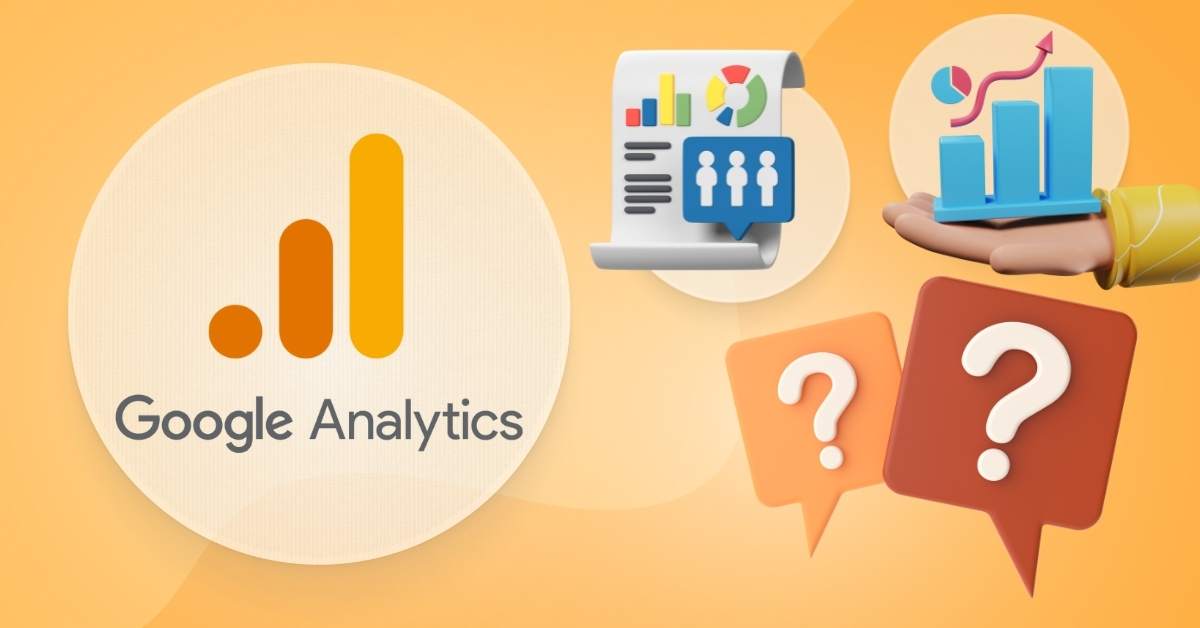Share This Article
Google Analytics is a free solution from Google that enables you to control your website’s activity at all times. By monitoring the traffic, Analytics gives you access to extremely valuable data for your business: where your users come from, what they do on your website, how much each conversion costs you and much more.
If you don’t know what Google Analytics is and you want to see how you could take advantage of it in your ecommerce, this is the article for you.
Why use Google Analytics in your ecommerce?
With this tool, you will be able to analyse (among many other things):
- Which pages and products of your ecommerce are the most popular
- Of the people that add products to the cart, how many complete the purchase and how many abandon it halfway through.
- At which phase of the checkout do you lose the most users
- Which is the main channel that generates traffic
- Which channel generates the most sales for you. You will be able to find out, for example, whether users coming from Facebook Ads campaigns or those coming from organic Google searches buy the most.
All this data will help you to make decisions: increase the budget of the campaigns that generate the most sales, change copies of pages that don’t work, advertise products with a good sales ratio, and much more.
How to configure Google Analytics in your ecommerce
To configure Google Analytics, you need to have a Google account. If you don’t already have one, start here. You will use this account for all Google services, including Gmail, Analytics and Drive.
Once you have your account, you have to synchronise it with your ecommerce. Here we tell you how to do it on some of the main ecommerce platforms on the market:
- How to configure Google Analytics in Shopify
- How to configure Google Analytics in PrestaShop
- How to configure Google Analytics in WooCommerce
Some KPIs and metrics that you should control using Google Analytics
There are several basic KPIs that you should monitor using Google Analytics in your ecommerce.
Let us explain some of the most relevant ones:
- The conversion rate: The number of users that complete a purchase vs the total number of users of your website. It is important to constantly optimise your ecommerce to grow this number.
- The Average Order Value (AOV): The Average Order Value is the average cart of your ecommerce. Your goal will always be to increase this figure, through techniques like cross-selling or up-selling. You will also need to bear this in mind when establishing the price from which you offer free shipping.
- The cart abandonment rate: A key figure: of all the users that add something to the cart, how many leave without completing the purchase? It is normal for this rate to be high, and the average is approximately 80% abandonment (although it varies depending on the sector).
- Repeat Purchase Rate (RPR): The percentage of buyers that return to your website to make another purchase. If the customer is satisfied with the purchase process, shipping and the product, it is likely they will buy from you again. Of course, you always need to remind them to do so via email marketing campaigns, for example.
- Performance by channel: With Google Analytics, you can analyse what conversion rate and what benefits each purchasing channel generates for you (social media, paid campaigns, organic…). This will help you to make decisions about where to focus your efforts and your budget.
The arrival of Google Analytics 4
In October 2021, Google announced the arrival of Google Analytics 4, a completely new platform that will replace Universal Analytics (UA, the current Google Analytics).
From that date, if you want to set up your website with Analytics, it will be created in Google Analytics 4 (GA4) by default. You can, however, tell it to create it on the previous version of the platform. In doing so, it will create two versions for you: one on the old platform and one on the new one.
UA will continue to be available until July 1st 2023. After that, you will only be able to use GA4.
What updates are included in Google Analytics 4?
We need to get a little technical to explain this: The main difference between Universal Analytics and Google Analytics 4 is the data model they use:
👉 Universal Analytics is based on sessions and page views.
👉 Google Analytics 4 is based on events and parameters.
A session is a set of interactions that a user carries out on a website within a time slot. One single session may include different page views.
In GA4, any interaction a user carries out is considered an event. Whether a page view, a transaction, whatever it is. They all become events. In turn, these events can include parameters.
Events in GA4 can be automatic (the platform creates them once you register your website) or personalised by the user.
Why start using Google Analytics?
Google Analytics is not a simple tool to use. You will need time to learn to use it and to get the most out of it (and more so with Google Analytics 4, which is even more complicated).
Our recommendation: If you have an ecommerce and still don’t know how to use Google Analytics, take some training in this tool. There are hundreds of free videos available, as well as online courses that you can take and that will help you to gain a better understanding of how it works.





 Contact
Contact





